The Future of Electronics Innovating with PCB Design Software for Beginners
In the rapidly evolving landscape of electronics, the role of PCB design software has become instrumental for both beginners and seasoned engineers alike. According to a recent report by IDC, the global electronic design automation (EDA) market, which includes PCB design tools, is projected to reach $12 billion by 2026, growing at a CAGR of 7.5%. This surge is driven by the increasing demand for innovative and compact electronic solutions across various industries, including automotive, consumer electronics, and healthcare. As technology becomes more integrated into our daily lives, mastering PCB design software is essential for new entrants in the field to navigate complex design challenges and remain competitive. By leveraging intuitive PCB design software, beginners can streamline their workflow, enhance productivity, and contribute to groundbreaking advancements in electronic manufacturing, thus shaping the future of the industry.
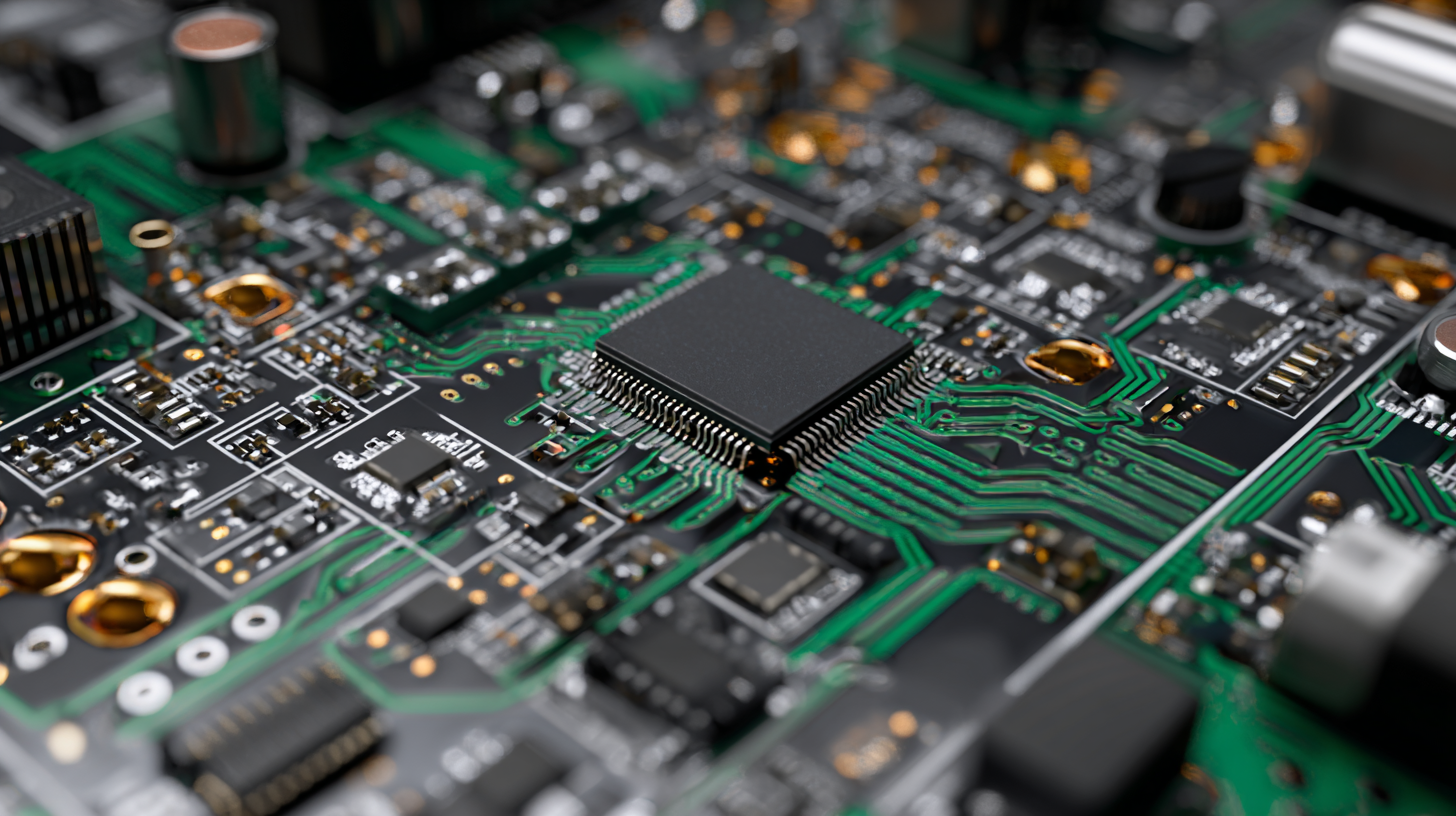
Understanding the Basics of PCB Design Software for New Users
Understanding the basics of PCB design software is crucial for beginners looking to innovate in the electronics industry. According to a report from Market Research Future, the global PCB design software market is projected to reach $1.5 billion by 2025, driven by the increasing demand for advanced consumer electronics. This surge emphasizes the importance of mastering design software to stay competitive in a rapidly evolving landscape.
For newcomers, starting with user-friendly software can significantly enhance the learning curve. Many programs, such as Eagle and KiCAD, offer intuitive interfaces and extensive online tutorials, making them ideal for beginners. A 2021 industry survey revealed that 70% of new designers favored these tools for their accessibility and comprehensive features, illustrating the necessity of understanding fundamental principles in PCB layout and schematic design. As beginners explore these platforms, they not only gain technical skills but also prepare themselves for future innovations within the dynamic realm of electronics.
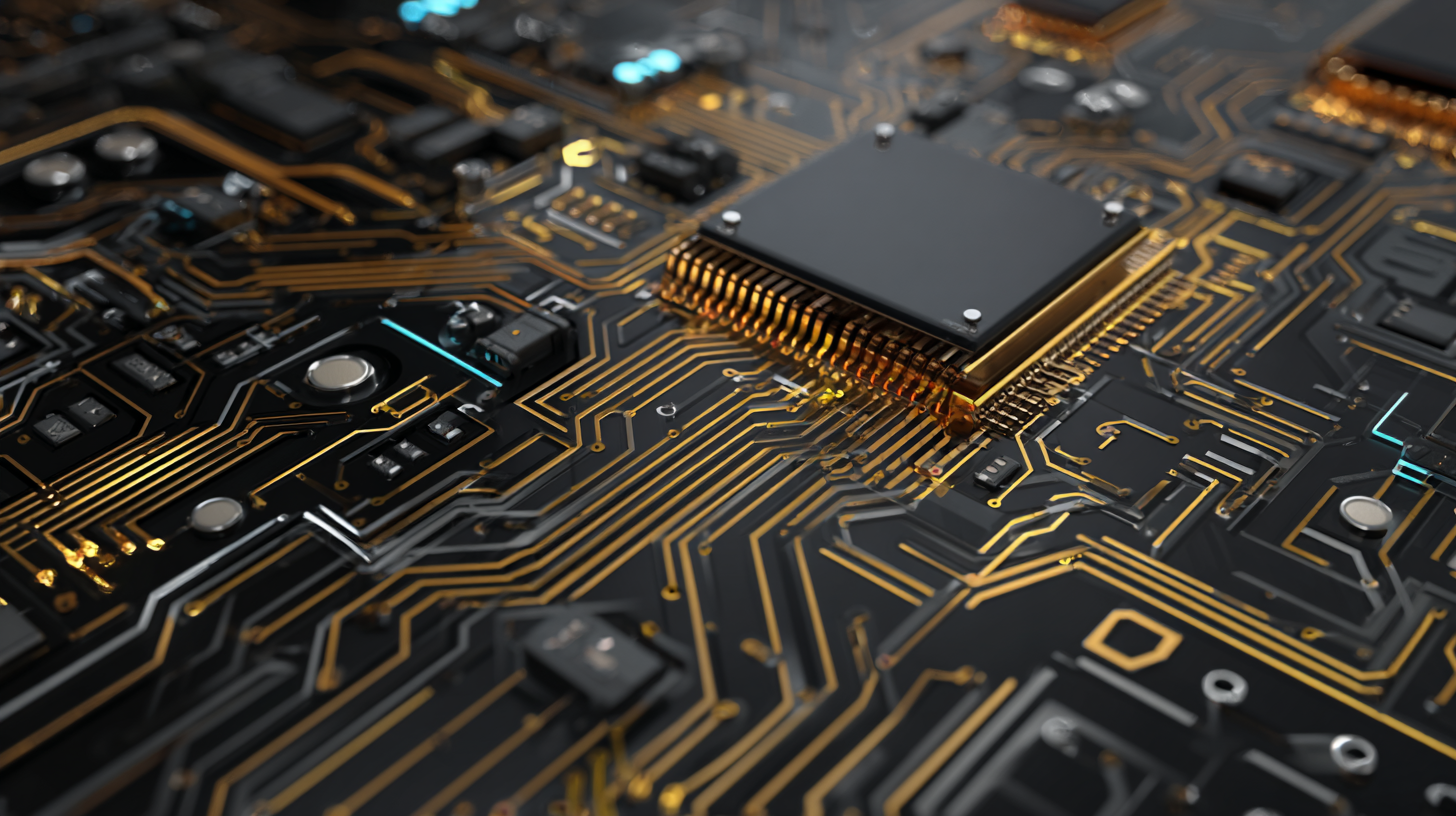
Key Features to Look for in Beginner-Friendly PCB Design Tools
When exploring PCB design software tailored for beginners, several key features can greatly enhance the user experience. First and foremost, a user-friendly interface is essential. Beginners should look for software that simplifies the learning curve with intuitive layouts and accessible tools. Features like drag-and-drop functionality and customizable toolbars can make designing PCBs less daunting and more engaging, allowing users to focus on creativity rather than navigating complex menus.

Another critical aspect is the availability of comprehensive tutorials and support resources. Beginner-friendly PCB design tools often come equipped with built-in tutorials, forums, and extensive documentation. These resources help new users grasp essential concepts and best practices while providing troubleshooting assistance. Additionally, simulation capabilities can be invaluable, enabling beginners to test their designs virtually before moving to physical prototypes. This feature not only fosters a deeper understanding of how different components interact but also reduces the potential for costly errors in the manufacturing process, making the learning experience more fruitful.
Step-by-Step Guide to Creating Your First PCB Layout
Creating your first PCB layout can be an exciting journey, especially for beginners eager to delve into the world of electronics. The process begins with selecting the right PCB design software that fits your skill level and project requirements. Popular options like Eagle, KiCAD, and Altium Designer offer intuitive interfaces and extensive libraries, making it easier to get started. Once you’ve chosen your software, familiarize yourself with its tools and features through online tutorials or community forums.
The next step involves designing your schematic, which serves as the blueprint for your PCB. This includes placing components like resistors, capacitors, and integrated circuits, and connecting them with traces. Be mindful of best practices such as keeping traces short and avoiding crossings when possible. After completing the schematic, transition to the layout phase where you will arrange the physical components on the board. Attention to detail is crucial here, as component placement impacts both functionality and manufacturability. With patience and practice, you will create a fully functional PCB ready for assembly and testing.
The Future of Electronics Innovating with PCB Design Software for Beginners - Step-by-Step Guide to Creating Your First PCB Layout
| Step | Description | Tools Required | Estimated Time |
|---|---|---|---|
| 1 | Define the project scope and specifications. | Notebook, Pen | 1 Hour |
| 2 | Choose a PCB design software. | Computing Device | 30 Minutes |
| 3 | Create schematic diagrams of the circuit. | PCB Design Software | 2-3 Hours |
| 4 | Design the actual PCB layout. | PCB Design Software | 3-5 Hours |
| 5 | Review and optimize the layout for manufacturability. | PCB Design Software | 1 Hour |
| 6 | Export the design files for fabrication. | PCB Design Software | 30 Minutes |
Common Mistakes to Avoid When Starting PCB Design Projects
When starting your journey in PCB design, it's crucial to be aware of common mistakes that can lead to project delays and considerable inefficiencies. A single error in your schematic input can cascade into larger problems, potentially wasting significant time and resources, as it's noted that 75% of projects require extensive modifications due to initial oversights. This highlights the importance of thorough checks during the design phase.
Tips: Always double-check your schematic for basic errors before moving on to the layout stage. Utilize automatic checking tools integrated in your PCB design software to catch potential issues early. Additionally, seek out best practices from established solutions to ensure your design aligns with industry standards.
Staying organized and methodical in your approach can greatly enhance your PCB design experience. Consider maintaining a checklist of common pitfalls and ensure to review this before finalizing your design. Remember, small mistakes at the beginning can lead to significant challenges down the line, so prioritizing attention to detail will serve you well throughout your projects.
Exploring Resources and Communities for Aspiring PCB Designers
As the electronics industry continues to evolve, the demand for proficient PCB designers has surged. According to a recent report by the IPC (Association Connecting Electronics Industries), the global PCB market is projected to reach $82 billion by 2026, growing at a CAGR of 4.3%. This promising growth creates ample opportunities for aspiring designers. To embark on this journey, engaging with various resources and communities dedicated to PCB design is essential for beginners.
Online platforms such as PCBWay and Hackster.io offer a wealth of tutorials, project ideas, and forums for novices to enhance their skills. Additionally, groups like the Electronics Design Community on Facebook provide a space for individuals to share their experiences, seek advice, and collaborate on projects. The importance of community involvement is further supported by a survey conducted by the Electronics Design Automation Consortium, which noted that 63% of successful PCB designers attribute their growth to mentorship and peer support. Thus, leveraging these resources and participating in active communities can significantly accelerate the learning process and innovation in PCB design for new entrants in the field.
The Growth of PCB Design Software Usage Among Beginners (2020-2023)
Related Posts
-

Master the Art of Circuit Design Software for Innovative Electronics Solutions
-
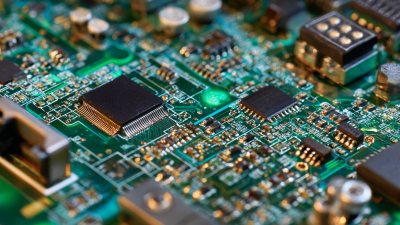
Understanding the Importance of Circuit Board Assembly in Modern Electronics
-
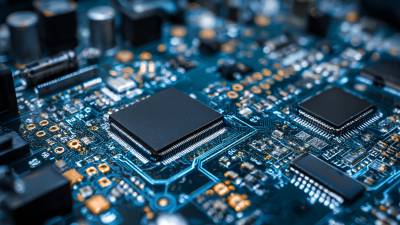
Innovative Trends in PCB Printing That Will Transform the Electronics Industry
-
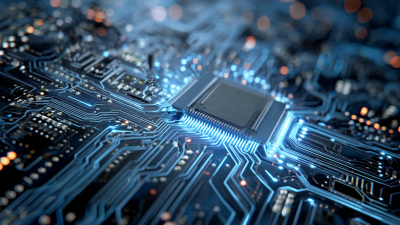
Understanding the Impact of Printed Circuit Board Assembly on Today's Electronics Industry and Market Growth
-
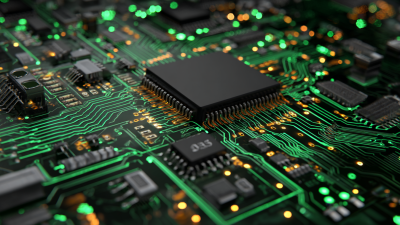
Understanding the Fundamentals of Circuit Board Design for Beginners
-
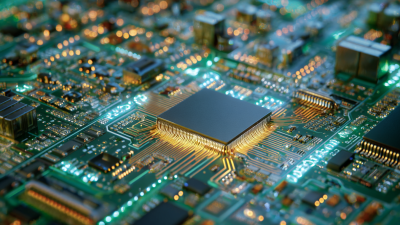
Transforming Industries: The Future of PCB Production and Its Impact on Technology
